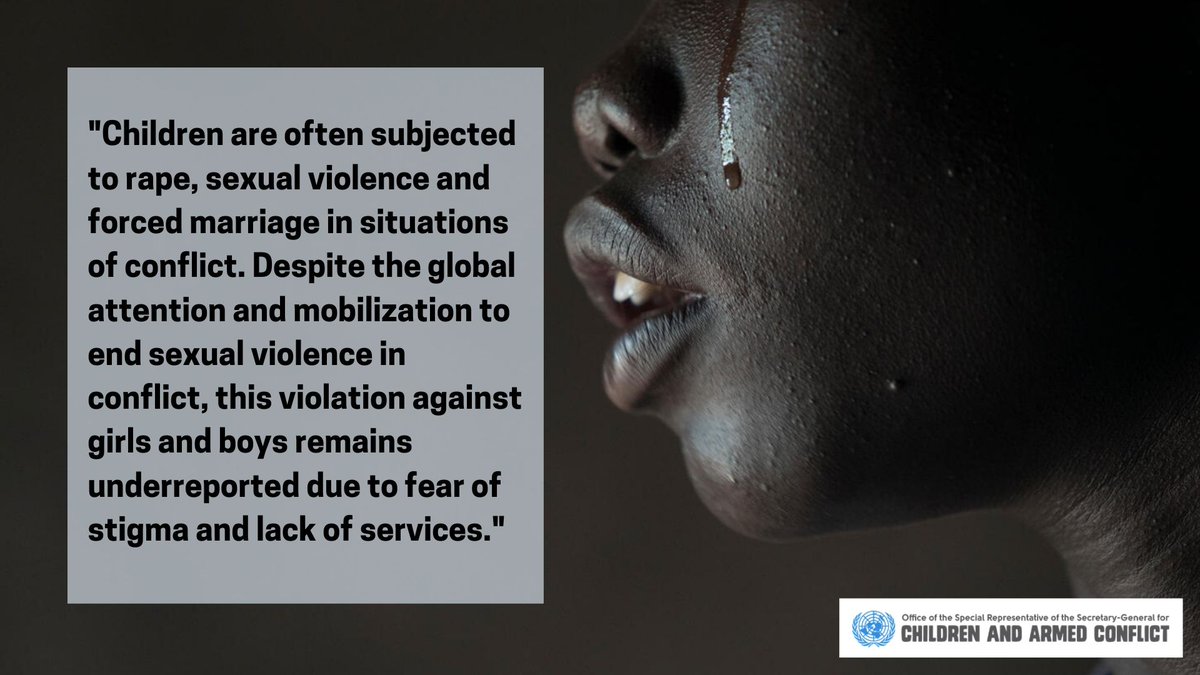

She helped bury 30 bodies but believes many more were killed. A woman said that attackers killed her neighbor’s husband and 5-year-old child.

įor example, the village of Inwelane was attacked on March 20, 2022. In many cases, survivors said they could not bury or hold funerals for those killed for fear of another attack. The attackers looted valuables, food, and livestock, and set fire to homes. As an apparent modus operandi, the attackers surrounded villages and then detained and summarily executed people, including children. In some cases, they carried the Islamic State’s black flag. Witnesses described the attackers as well-armed men on motorbikes, dressed in military fatigues and turbans, speaking Fulfulde (spoken by ethnic Fulani), Tamashek (spoken by ethnic Tuareg), and Arabic. These attacks largely targeted ethnic Dawsahak, a Tuareg ethnic group. In 2022, we documented Islamist armed groups attacking dozens of villages and massacring scores of civilians in Mali’s vast northeast regions of Ménaka and Gao, which border Niger. Armed groups have recruited and used hundreds of children.

Insecurity has led to widespread displacement, hunger, and school closures, affecting thousands of children. Since Mali’s armed conflict began over a decade ago, Islamist armed groups, separatist rebels, ethnic militias, and government security forces have killed hundreds of civilians, including children. Human Rights Watch Submission to the Committee on the Rights of the Child Review of MaliĬhildren’s Rights Abuses in the Context of Armed Conflict (articles 2, 6, 28, 37, 38, and 40)


 0 kommentar(er)
0 kommentar(er)
